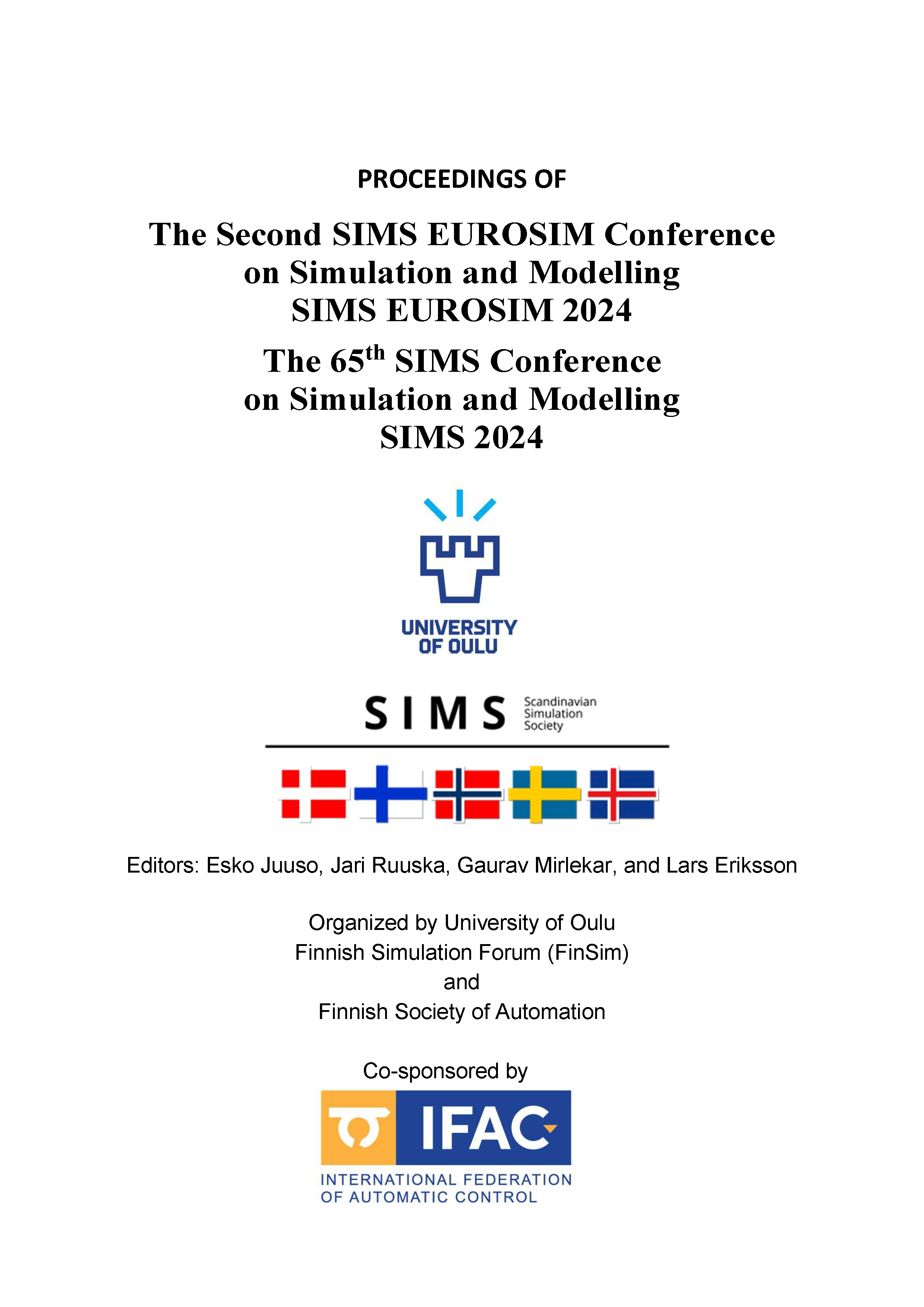The Application and Advantages of a Generic Component-Based SI/CI Engine Model with VVA Compatibility
DOI:
https://doi.org/10.3384/ecp212.045Keywords:
Engine modelingParametrizationMean value modelComponent-based structureAbstract
Most engine models are developed for control purposes and, in some cases, hard coded with a single engine type usage in mind. This is a problem since a new model is also needed when new engines are developed, as it usually takes less time than changing or modifying the old one. To facilitate a more rapid development process, there is a desire to have control-oriented models that can be adapted to new types of hardware with ease while at the same time providing fundamental insights into the physics of the engine that limit the control performance. These objectives are fulfilled by creating an open-source mean value MATLAB/Simulink model, a generic engine model with parametrization and compatibility with both VVT/VVA and SI/CI combustion.The main idea is to build on a component-based structure where the components are designed to be reused for similar processes. The engine model models the air filter, intercooler, and exhaust system components as incompressible flow restrictions. Bypass, throttle, intake/exhaust valves, and wastegate are modeled as compressible flow restrictions. Adiabatic control volumes are placed between each component to keep track of masses, pressures, and temperatures. The few remaining components are modeled separately, with unique functions for each model. As a concept demonstration of the generality of the approach, two engines, a 6-cylinder 12.7-liter Scania diesel engine and a 4-cylinder 2.0-liter Volvo petrol engine, are used as case studies where the generic simulation platform is parameterized and validated against experimental data for both engines.Downloads
Published
2025-01-13
Issue
Section
Papers
License
Copyright (c) 2025 Oskar Lind Jonsson, Lars Eriksson

This work is licensed under a Creative Commons Attribution 4.0 International License.

